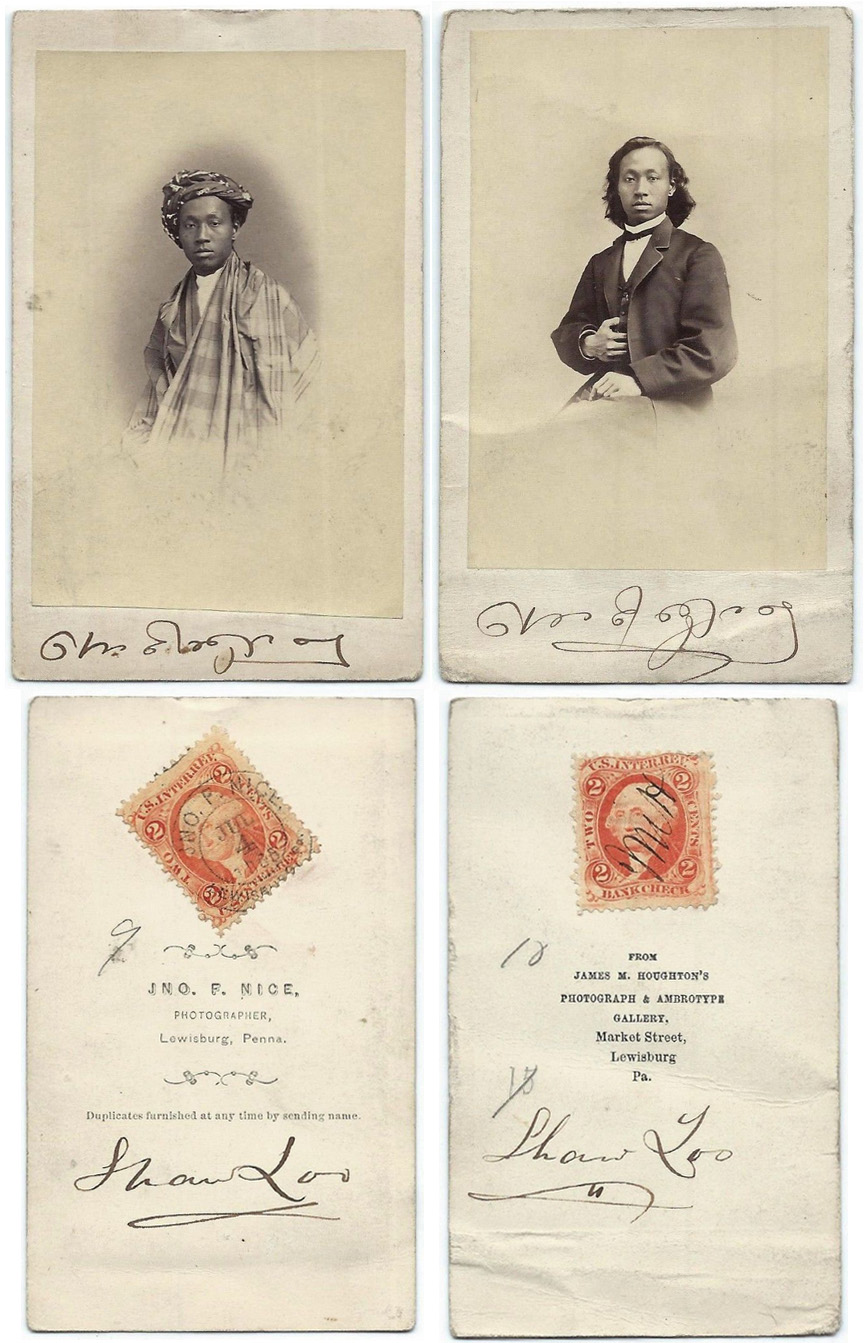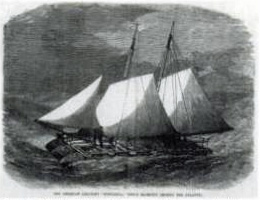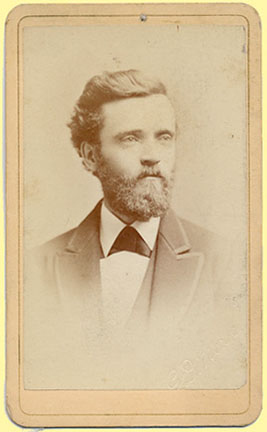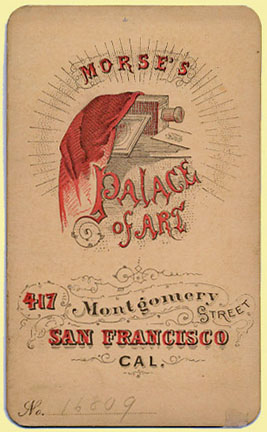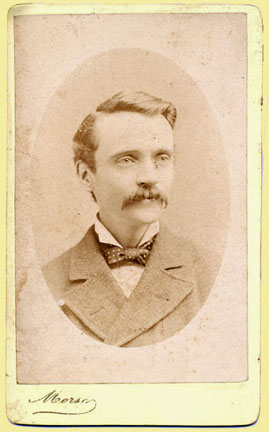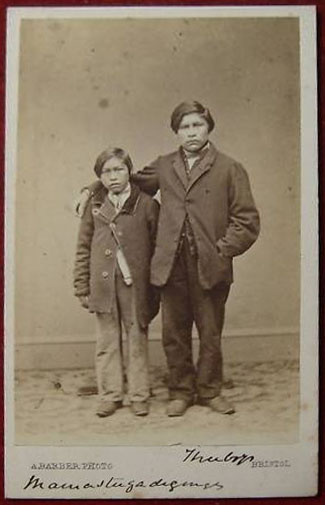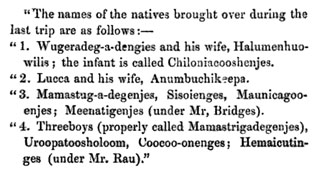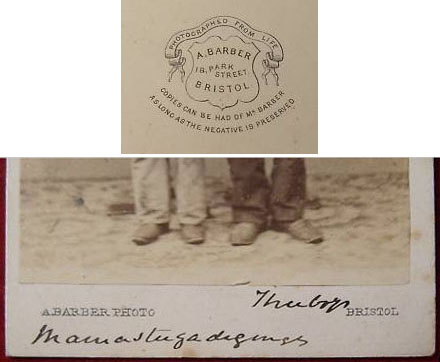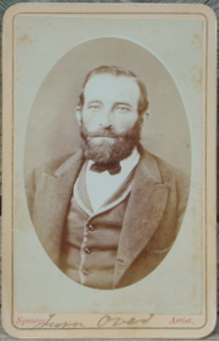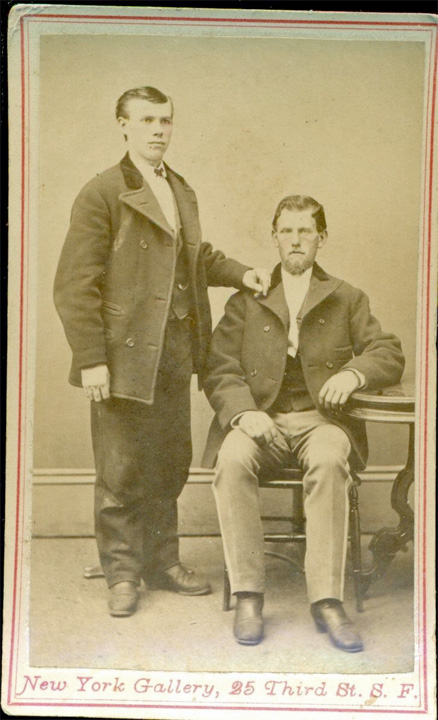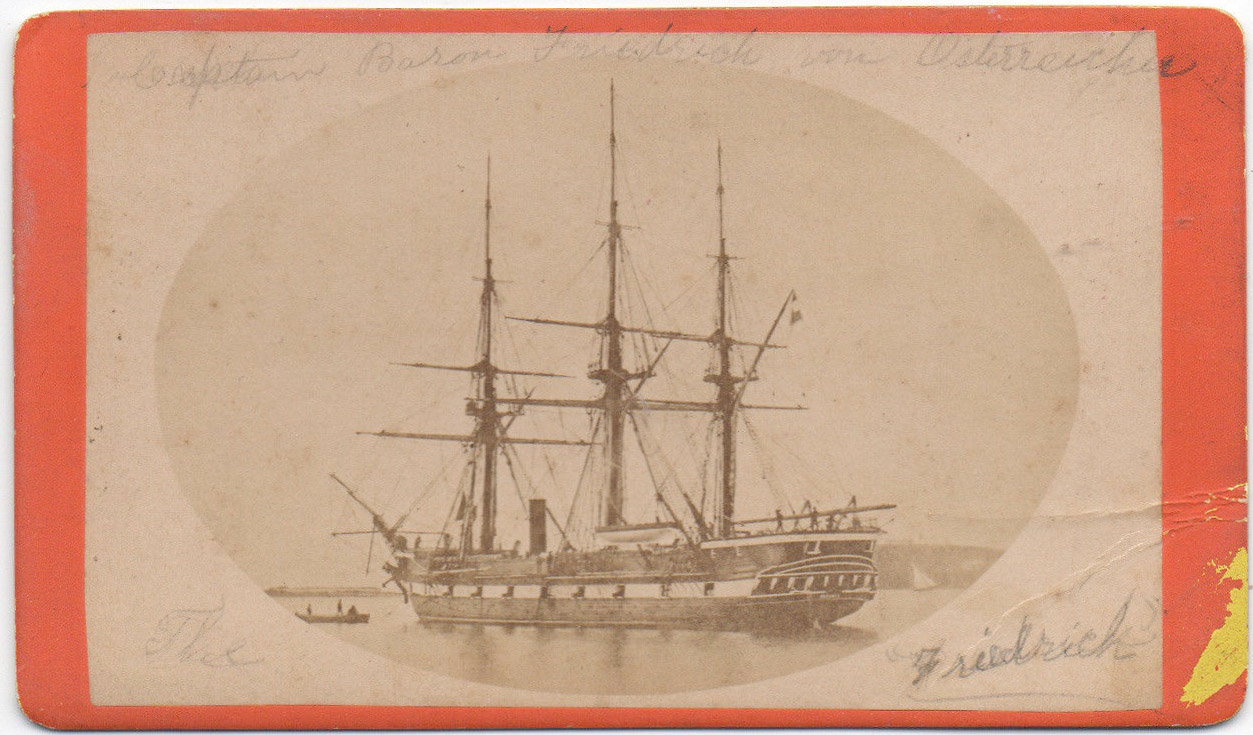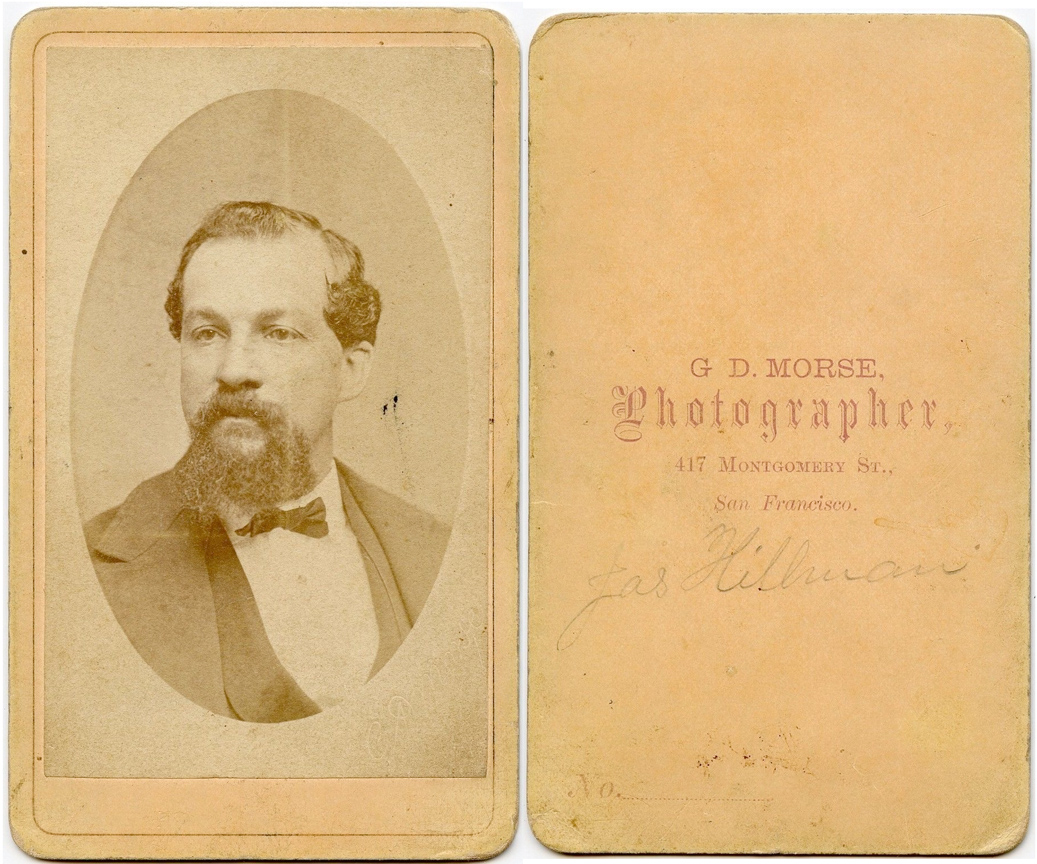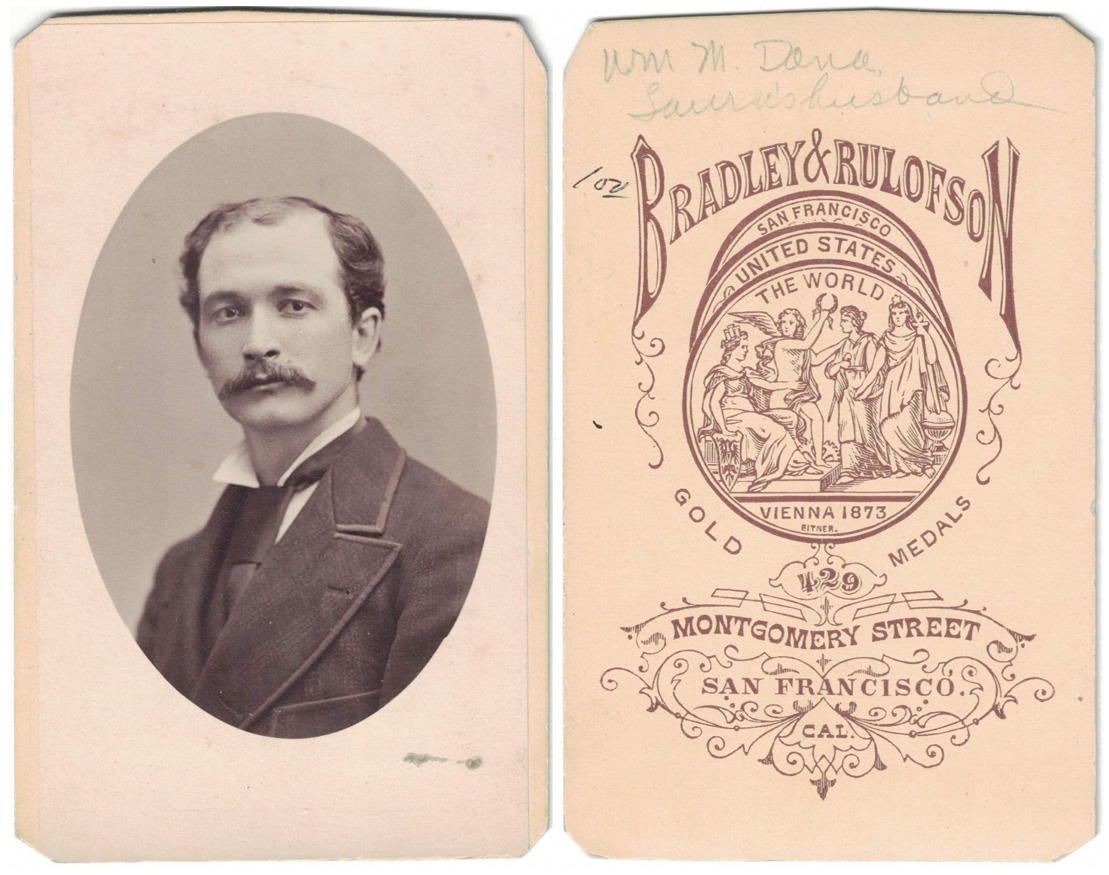1870
Massachusetts State Senate
CDV album!
CDV album!
This leather cartes de visite album contains 52 CDVs of Massachusetts State Senators from 1870.
The Massachusetts Historical Society has a similar album but theirs has fewer photographs.
All but one in this album is identified.
$1995. plus $15.00 postage & packing & insurance (international orders extra)
for this cartes de visite album.
To order this items album email dick@AlaskaWanted.com
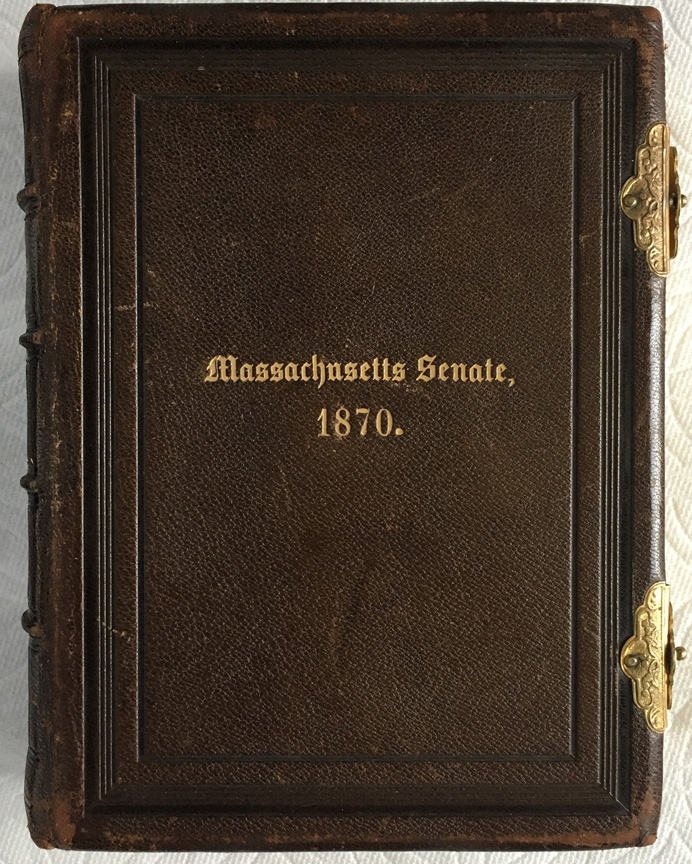
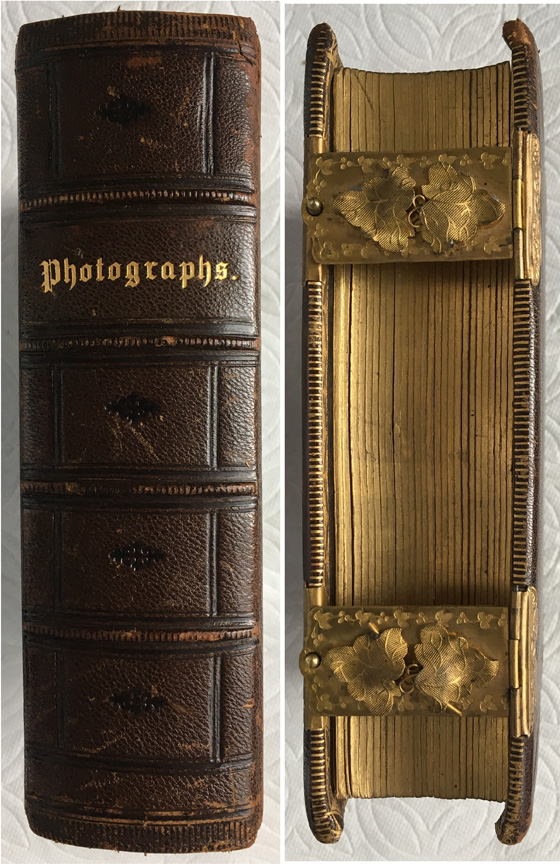


CDV's of
Massachusetts State Senators in this album include:
Horace Hopkins Coolidge (President of the Senate), Francis Allen Hobart, Alonzo Madison Giles, Nathaniel Ellis Atwood, Benjamin Franklin Clark, Jeremiah Hobbs Pote, George Marshall Buttrick, Charles Rensselaer Ladd, George Augustus King, Nathaniel Jay Holden, George Harris Monroe, Joseph Greeley Pollard, Ellis Wesley Morton, John Brown Hathaway, James Granville Sproat, Charles James Kittredge, Waldo Colburn (1824-1885), John Fletcher (1827-1899), Edmund Dowse (1813-1905), Orlando Barnard Tenney, Joseph Augustus Benjamin, Andrew Jackson Clark, James Pierce (1837-1904), Patrick Andrew Collins, James Augustus Fox, Stephen Moody Crosby, William Wallace Kellogg, Jacob Bates (1819-1877), George William Johnson, William Wirt Warrren, Willard Woodman Jenness, George Merrick Rice, Jeremiah Hobbs Pote, Francis Thompson (1826-1885), James Henry Leland, Joseph Sidney Howe, Stephen Holbrook Rhodes, Henry Clay Greeley, John Alexander Hawes, Frederick H. Willcomb, Charles Augustus Wheelock, James Oliver Means, John Morissey (1818-1885), Stephen Nye Gifford, Henry O. Read, Stillman W. Edgell, John F. Doherty, Hira W. Bates, George C. Clapp, Hilton F. Hosmer, Charles F. T. Knowles, Unknown Senator, and James Pierce? (1837-1904).
